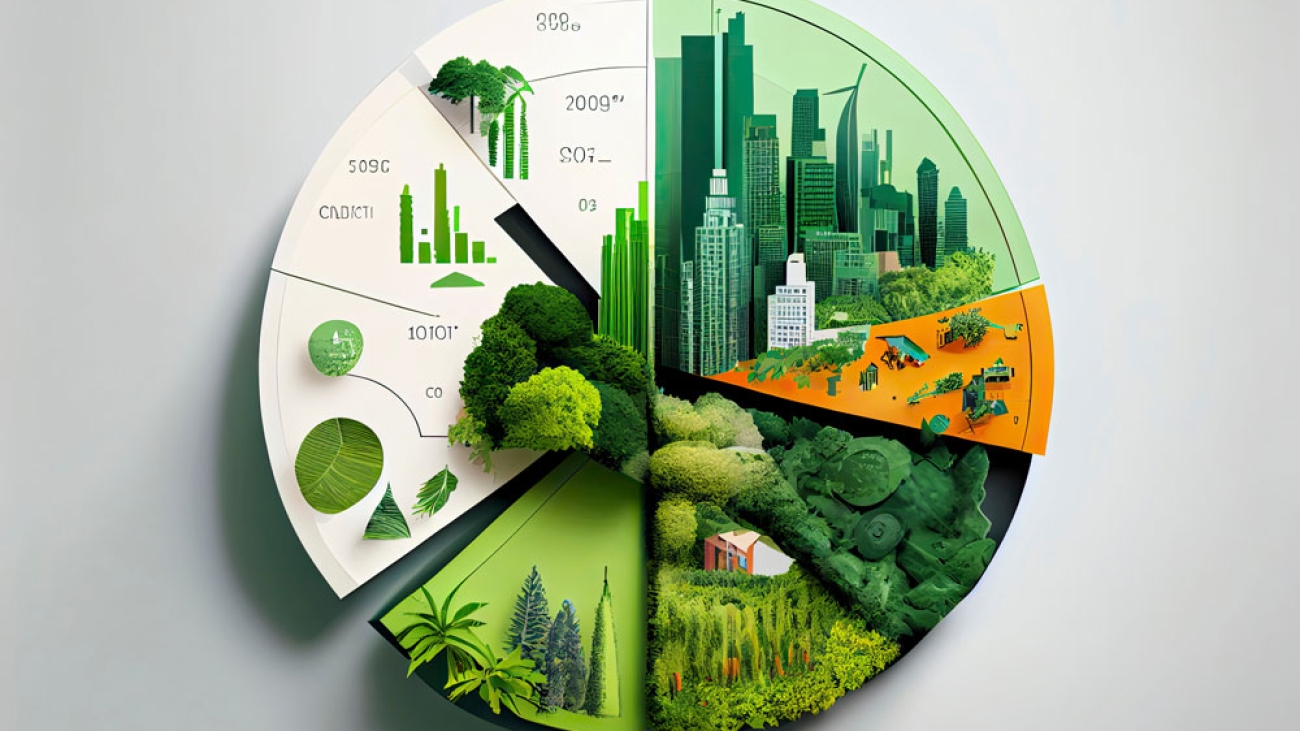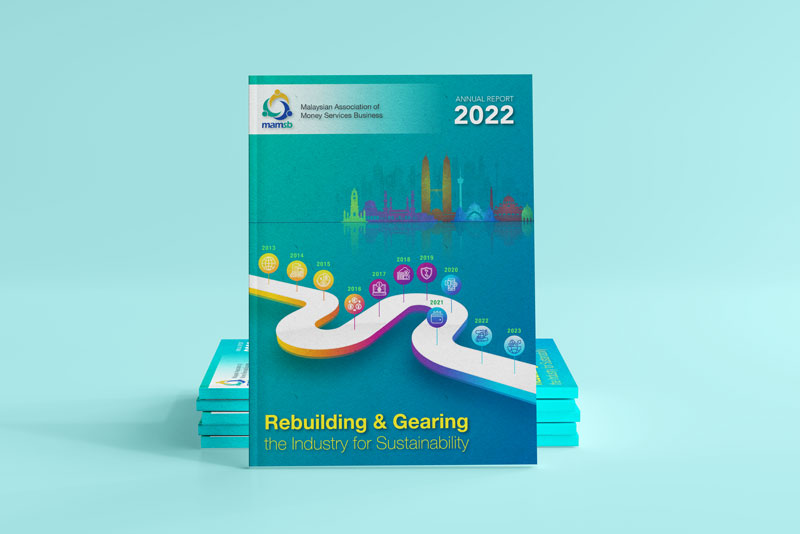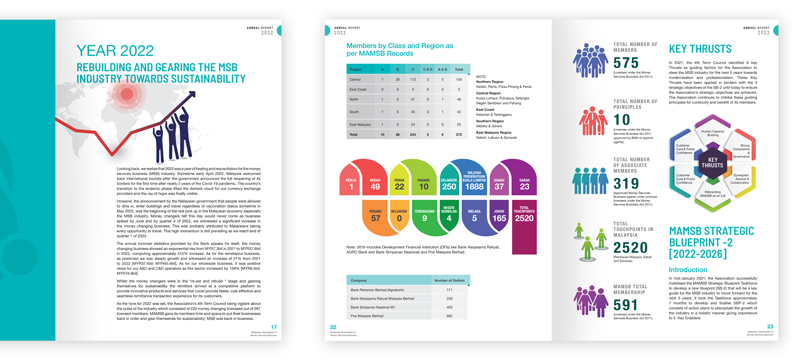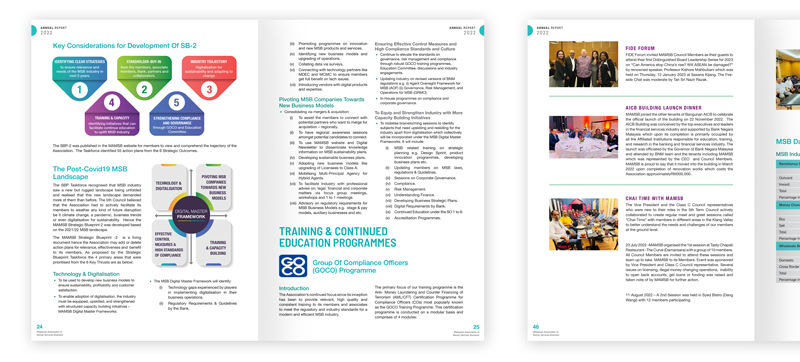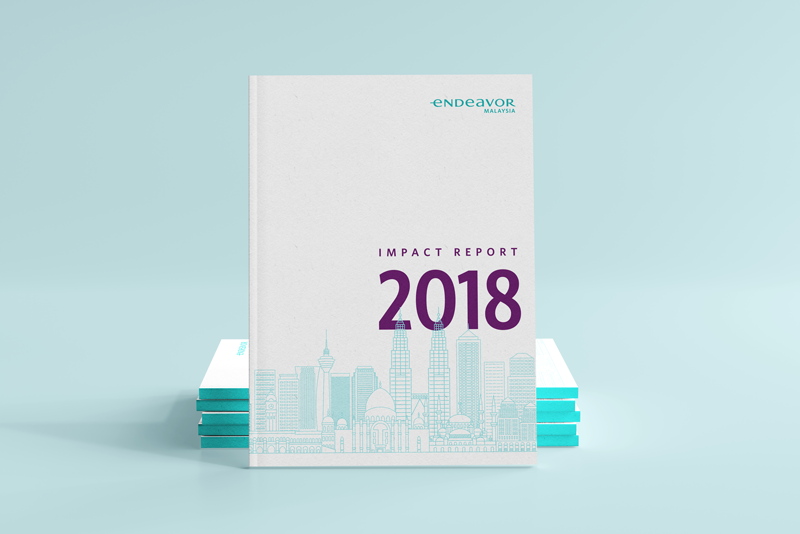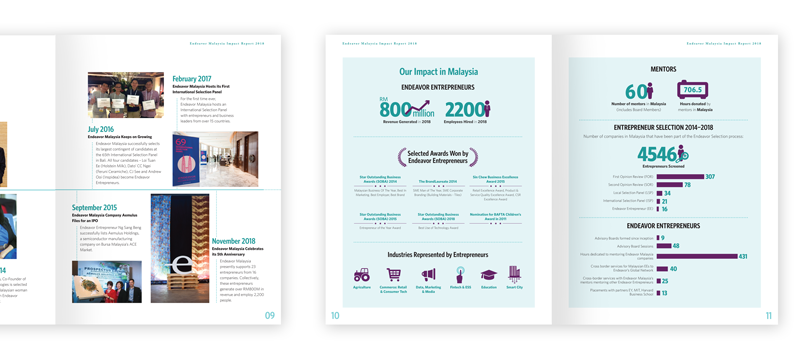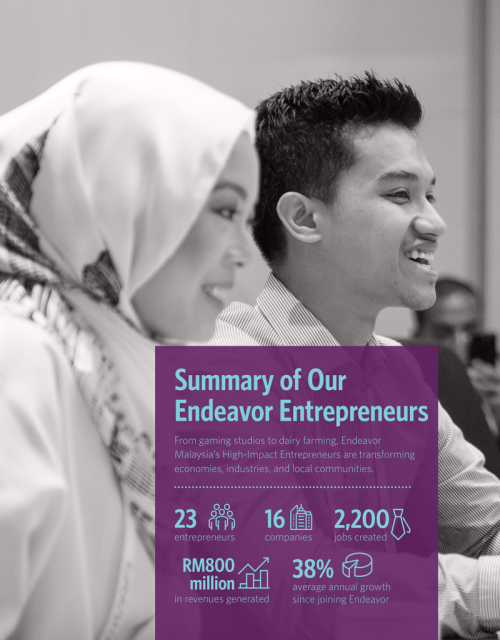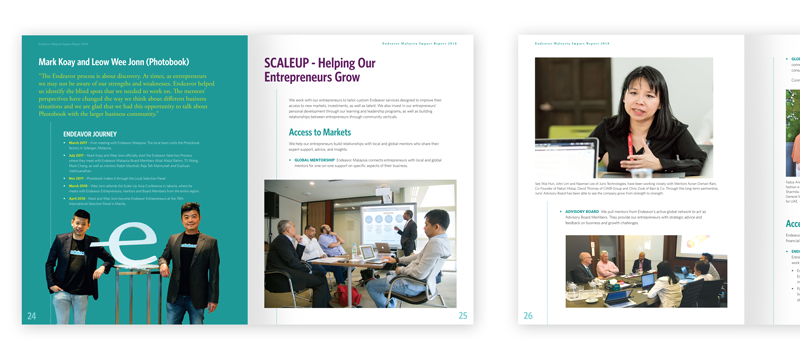The Power of Sustainability Reporting: A Win-Win for Your Employees and Workforce
Now, you might be thinking, “How does reporting on our environmental and social impact benefit our team?” By transparently reporting on your environmental and social impact, you not only demonstrate your company’s commitment to making a positive difference but also create a more engaged and motivated workforce.
First off, let’s talk about employee engagement. Did you know that companies with strong sustainability programs have better employee morale. When employees see that their company is committed to making a positive impact on the world, it boosts their pride and motivation. Sustainability reporting serves as a powerful tool to communicate your company’s values and efforts to create a better future, which can inspire and engage your workforce on a whole new level.
But it doesn’t stop there. Sustainability reporting also plays a significant role in attracting and retaining top talent. In fact, a survey by Deloitte found that 61% of millennials consider a company’s sustainability performance when deciding where to work. Younger generations are increasingly seeking purpose-driven organisations that prioritise environmental and social responsibility. By showcasing your sustainability efforts through transparent reporting, you’re not only appealing to potential hires but also strengthening your ability to retain your current talent.
Now, let’s talk about the big one – productivity. A sustainable workplace isn’t just good for the planet; it’s good for your bottom line too. Research from Harvard Business Review shows that companies with strong environmental, social, and governance (ESG) performance are more likely to have engaged and productive employees. When your team knows that the company is making a positive impact, they’re more likely to feel motivated and committed to their work. It’s a win-win situation – your employees feel good about the work they’re doing, and your company reaps the benefits of their increased productivity.
Beyond employee satisfaction, sustainability reporting can also have a direct impact on your company’s reputation. Two-thirds of consumers say they will pay more for sustainable products. By transparently reporting your sustainability efforts, you not only enhance your brand’s reputation but also gain a competitive edge in the market. Consumers are increasingly conscious of their environmental footprint and are willing to support businesses that align with their values. When your company demonstrates a commitment to sustainability through transparent reporting, it builds trust and credibility with consumers, ultimately fostering brand loyalty. Moreover, in a competitive marketplace, a positive reputation for sustainability can differentiate your brand and attract environmentally conscious customers. Embracing sustainability reporting not only benefits the environment but also positions your company as a responsible and forward-thinking organisation, paving the way for long-term success and profitability.
Now, let’s talk about the importance of making these sustainability reports accessible and engaging for your employees. Displaying these reports well is crucial to ensure that your employees can easily access and understand the information. Utilising interactive digital platforms, infographics, and engaging storytelling can make the reports more accessible and appealing to your workforce. This can enhance their understanding and appreciation of the company’s sustainability initiatives, fostering a stronger connection between the employees and the organisation’s sustainability goals.
Sustainability reporting isn’t just about compliance; it’s about creating a positive impact on your employees and workforce. By transparently communicating your sustainability efforts, you can boost employee morale, attract and retain top talent, increase productivity, and enhance your company’s reputation. It’s a win-win for your people and the planet. So, let’s continue the journey towards a more sustainable and engaged workforce – one report at a time.







![846-[Converted]](https://paulandmarigold.com/wp-content/uploads/2024/01/846-Converted-1300x731.png)

